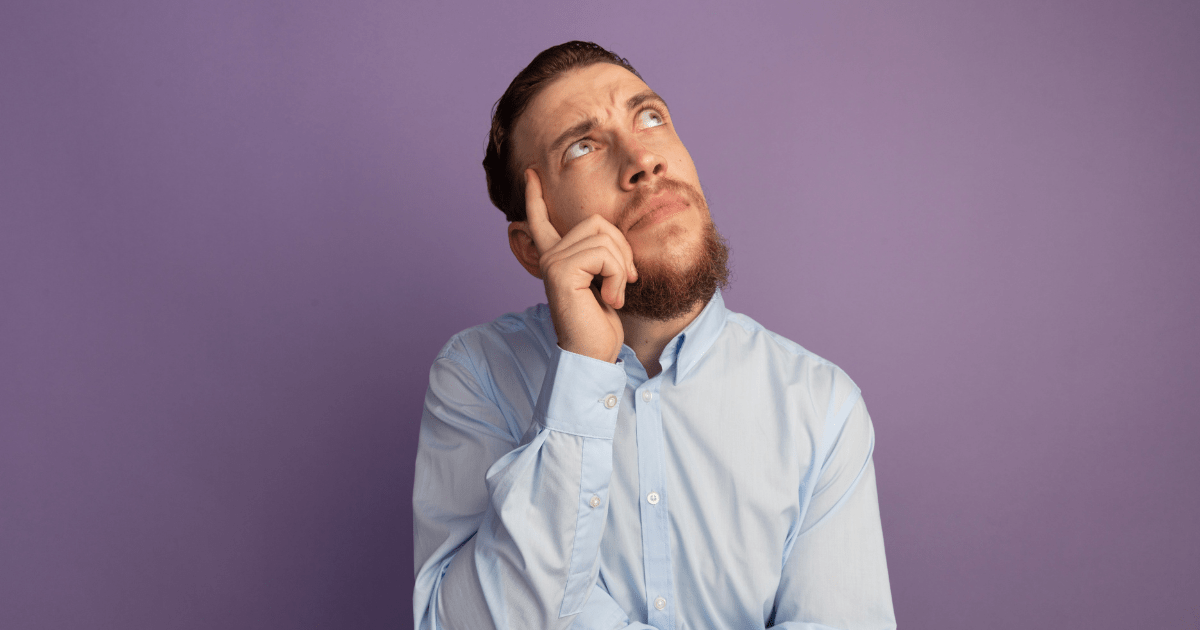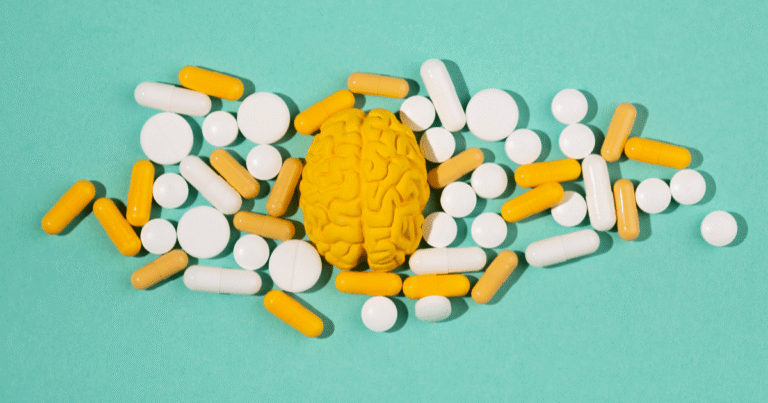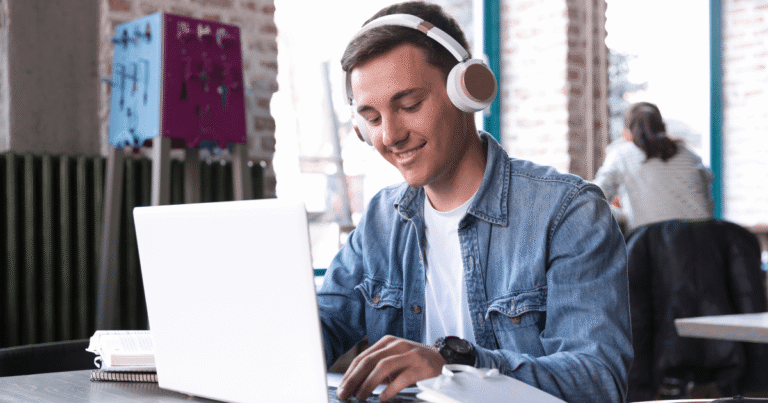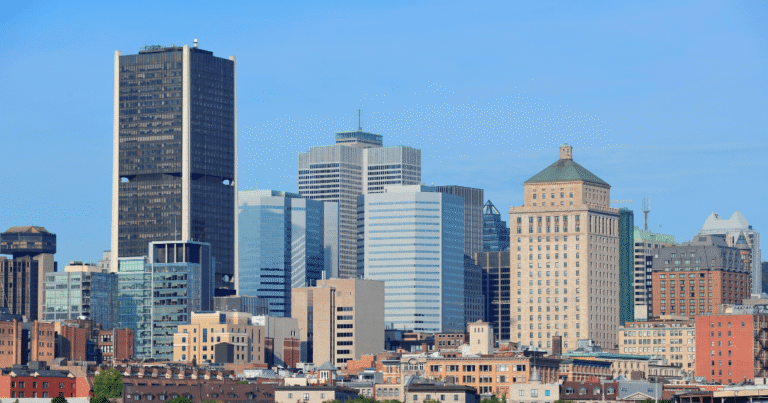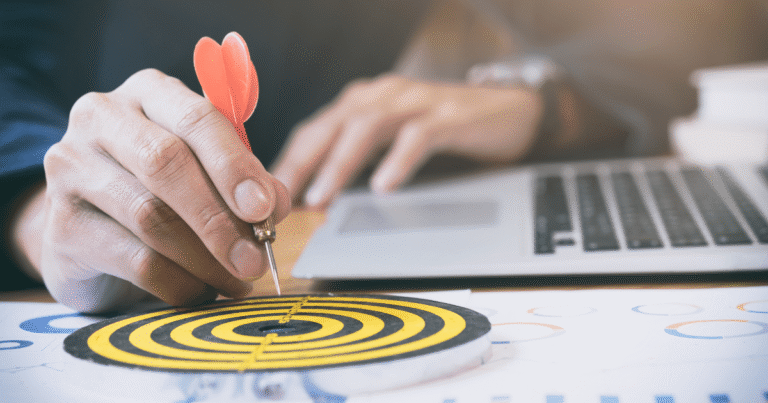Do I Have Social Anxiety? Your Complete Self-Assessment Guide
Searching “Do I have social anxiety?” takes courage. Behind that question is often years of wondering why social situations feel so overwhelming, why your heart pounds before speaking up, or why you replay conversations for days afterward. If you’re here, you’re already taking the first brave step toward understanding yourself better.
The truth is, social anxiety affects approximately 12% of people at some point in their lives—making it one of the most common mental health conditions. More importantly, it’s one of the most treatable. This guide will help you recognize the signs, understand what you’re experiencing, and find your path forward.
Understanding the Spectrum: Social Anxiety vs. Shyness vs. Introversion
Many people confuse these three experiences, but understanding the differences is crucial for getting the right support.
Shyness
- What it is: A personality trait involving initial discomfort in social situations
- The experience: You might feel nervous meeting new people but warm up over time
- Daily impact: Minimal—you can still participate in important social activities
- Example: Feeling butterflies before a party but enjoying yourself once you arrive
Introversion
- What it is: A preference for quieter, less stimulating environments
- The experience: You recharge alone and prefer smaller gatherings
- Daily impact: None—this is simply how you’re wired, not a limitation
- Example: Choosing a coffee date over a loud party because you genuinely prefer intimate conversations
Social Anxiety
- What it is: An intense, persistent fear of social judgment that interferes with daily life
- The experience: Overwhelming physical and emotional reactions to social situations
- Daily impact: Significant—you avoid important opportunities or endure them with severe distress
- Example: Calling in sick to work to avoid giving a presentation you’ve prepared for weeks
The Social Anxiety Self-Assessment: 12 Key Indicators
Rate how often you experience each of the following (Never = 0, Sometimes = 1, Often = 2, Almost Always = 3):
Physical Symptoms
- Intense physical reactions in social situations (sweating, blushing, trembling, nausea, racing heart)
- Panic-like symptoms when anticipating social events (difficulty breathing, dizziness, chest tightness)
Behavioral Patterns
- Consistent avoidance of social situations, even important ones (job interviews, parties, networking events)
- Safety behaviors like avoiding eye contact, speaking quietly, or staying near exits
- Excessive preparation for social interactions (scripting conversations, researching attendees)
Thought Patterns
- Anticipatory worry lasting days or weeks before social events
- Mind reading others’ thoughts (“They think I’m weird/boring/stupid”)
- Post-event analysis replaying social interactions and criticizing your performance
- Catastrophic thinking about potential social “disasters”
Impact on Daily Life
- Career limitations due to avoiding presentations, meetings, or networking
- Relationship difficulties because social anxiety interferes with forming connections
- Missed opportunities in education, career, or personal life due to social fears
Scoring:
- 0-12: Minimal social anxiety—likely normal social nervousness
- 13-24: Mild to moderate social anxiety that might benefit from self-help strategies
- 25-36: Significant social anxiety that would likely benefit from professional support
This is not a diagnostic tool—only a licensed mental health professional can provide an official diagnosis.
What Social Anxiety Actually Feels Like: Real Examples
Before the Event
“I have a work presentation in two weeks, and I’m already losing sleep. I keep imagining all the ways I’ll mess up—forgetting my words, my voice shaking, everyone thinking I’m incompetent. I’ve considered calling in sick, even though this presentation could help my career.”
During the Event
“My heart is pounding so hard I’m sure everyone can hear it. My hands are sweating, and I’m worried about shaking hands. I’m monitoring every word I say, convinced I sound stupid. I keep thinking about how to escape.”
After the Event
“I can’t stop replaying that conversation. Did I talk too much? Did they think my joke was inappropriate? I noticed Sarah looked at her phone while I was talking—she must have been bored. I’m so embarrassed I want to avoid the office coffee area tomorrow.”
The Neuroscience Behind Your Experience
Understanding what’s happening in your brain can be incredibly validating. Social anxiety involves:
The Amygdala: Your brain’s alarm system becomes hyperactive, treating social situations as life-threatening dangers The Prefrontal Cortex: The rational part of your brain gets overwhelmed, making it hard to think clearly The Stress Response: Your body floods with stress hormones, creating those intense physical symptoms
This isn’t weakness—it’s your brain trying to protect you, even when protection isn’t needed.
Your Action Plan: What to Do Right Now
If You Scored 0-12: Building Social Confidence
- Practice the self-help strategies below
- Challenge yourself with small social goals
- Focus on building genuine connections rather than perfect performance
If You Scored 13-24: Developing Coping Strategies
- Implement the comprehensive toolkit below
- Consider online therapy or self-help books specifically for social anxiety
- Track your progress to see what strategies work best
If You Scored 25-36: Seeking Professional Support
- Schedule a consultation with a therapist who specializes in anxiety disorders
- Consider both therapy and medication as treatment options
- Remember: seeking help is a sign of strength, not weakness
Your Comprehensive Self-Help Toolkit
1. The Graduated Exposure Method
Create your personal fear hierarchy:
Level 1-3 (Warm-up):
- Make eye contact with a cashier
- Say “thank you” to a bus driver
- Ask for directions
Level 4-6 (Building momentum):
- Make small talk with a coworker
- Ask a question in a meeting
- Compliment a stranger
Level 7-10 (Challenge zone):
- Attend a networking event
- Give a presentation
- Host a social gathering
Pro tip: Don’t move to the next level until the current one feels manageable (anxiety drops to 3/10 or below).
2. Cognitive Restructuring: Becoming Your Own Thought Detective
Common anxious thoughts and realistic alternatives:
| Anxious Thought | Detective Questions | Realistic Alternative |
|---|---|---|
| “Everyone will notice I’m nervous” | How often do I notice others’ nervousness? | “Most people are focused on themselves” |
| “I’ll say something stupid” | What evidence do I have for this? | “I’m an intelligent person having a normal conversation” |
| “They’ll think I’m boring” | Can I actually read minds? | “I have interesting thoughts and experiences to share” |
3. The STOP Technique for In-the-Moment Anxiety
- Stop what you’re doing
- Take a deep breath
- Observe your thoughts and surroundings objectively
- Proceed with intention rather than reaction
4. Advanced Breathing Techniques
Box Breathing: 4 counts in, 4 hold, 4 out, 4 hold 4-7-8 Breathing: 4 counts in, 7 hold, 8 out (especially good for panic) Belly Breathing: Focus on expanding your diaphragm rather than your chest
5. Mindfulness for Social Situations
The 5-4-3-2-1 Technique:
- 5 things you can see
- 4 things you can touch
- 3 things you can hear
- 2 things you can smell
- 1 thing you can taste
Present-moment awareness: Instead of monitoring your internal anxiety, notice details about your environment and the people around you.
When to Seek Professional Help: Clear Indicators
Don’t wait until social anxiety completely takes over. Consider professional support if:
Immediate Red Flags
- You’re having panic attacks in social situations
- You’re using alcohol or substances to cope with social situations
- You’re avoiding work, school, or important life events
- You’re isolating yourself from friends and family
- You’re having thoughts of self-harm
Quality of Life Indicators
- Your career is suffering due to avoidance
- You’re missing out on relationships or dating
- You’ve stopped participating in hobbies or activities you once enjoyed
- The anxiety is present in most social situations, not just specific ones
Understanding Your Treatment Options
Cognitive Behavioral Therapy (CBT)
What to expect: 12-20 sessions focusing on changing thought patterns and behaviors Success rate: 70-80% of people see significant improvement Timeline: Most people notice changes within 4-6 sessions
Acceptance and Commitment Therapy (ACT)
Focus: Learning to accept anxious feelings while still taking meaningful action Good for: People who struggle with traditional CBT approaches
Medication Options
SSRIs/SNRIs: First-line medications with good success rates Beta-blockers: Helpful for performance anxiety (presentations, speeches) Timeline: Typically 4-8 weeks to see full effects
Group Therapy
Benefits: Real-world practice in a safe environment, peer support, cost-effective Format: Usually 6-12 people with similar struggles
Building Your Support Network
Professional Support Team
- Primary care physician (for referrals and medication management)
- Mental health therapist specializing in anxiety
- Support group facilitator
Personal Support System
- Trusted friends who understand your challenges
- Family members who can provide encouragement
- Online communities for people with social anxiety
Lifestyle Factors That Make a Difference
Exercise: Your Natural Anti-Anxiety Medicine
- Cardio: 30 minutes of moderate exercise can reduce anxiety for up to 24 hours
- Yoga: Combines movement with mindfulness and breathing
- Strength training: Builds confidence and reduces stress hormones
Nutrition for Anxiety Management
Helpful:
- Omega-3 fatty acids (fish, walnuts, flax seeds)
- Magnesium (dark chocolate, leafy greens, nuts)
- Probiotics (yogurt, kefir, fermented foods)
Avoid or limit:
- Caffeine (can mimic anxiety symptoms)
- Alcohol (worsens anxiety over time)
- High sugar foods (cause energy crashes)
Sleep Hygiene
- Aim for 7-9 hours of quality sleep
- Create a calming bedtime routine
- Avoid screens 1 hour before bed
- Keep your bedroom cool and dark
Tracking Your Progress
Weekly Check-ins
Rate your anxiety levels (1-10) in different situations:
- Work meetings
- Social gatherings
- One-on-one conversations
- Public speaking
- Dating/romantic situations
Monthly Goals
Set specific, measurable objectives:
- “I will speak up in at least one meeting this month”
- “I will attend one social event without leaving early”
- “I will make small talk with three new people”
Celebrating Small Wins
- Keep a “victory journal” of social successes
- Share progress with supportive friends or family
- Reward yourself for meeting goals
The Road Ahead: What Recovery Looks Like
Recovery doesn’t mean:
- Never feeling nervous in social situations
- Becoming an extrovert
- Being “on” all the time
Recovery does mean:
- Feeling nervous but doing things anyway
- Having anxiety that doesn’t control your choices
- Building meaningful relationships despite occasional awkwardness
- Pursuing opportunities that matter to you
Your Next Steps
This week:
- Complete the self-assessment honestly
- Choose one breathing technique to practice daily
- Identify one small social challenge to attempt
This month:
- If your score was high, research therapists in your area
- Start building your fear hierarchy
- Begin implementing coping strategies consistently
Remember: Social anxiety is incredibly common and highly treatable. You’re not broken, weird, or destined to feel this way forever. With the right support and strategies, you can build the social confidence you deserve.
The fact that you’re reading this means you’re already on the path to feeling better. Trust the process, be patient with yourself, and remember that seeking help is a sign of strength, not weakness.
Resources for Immediate Support:
- Crisis Text Line: Text HOME to 741741
- National Suicide Prevention Lifeline: 988
- Anxiety and Depression Association of America: adaa.org
This content is for educational purposes only and is not a substitute for professional medical advice, diagnosis, or treatment. Always consult with qualified healthcare providers for personalized guidance.

